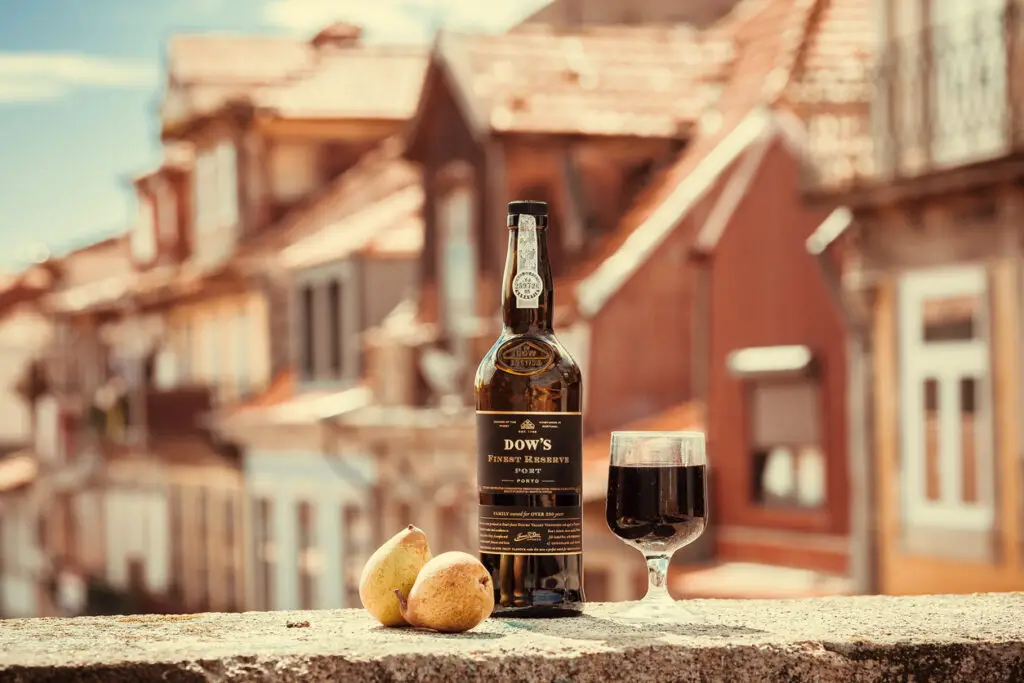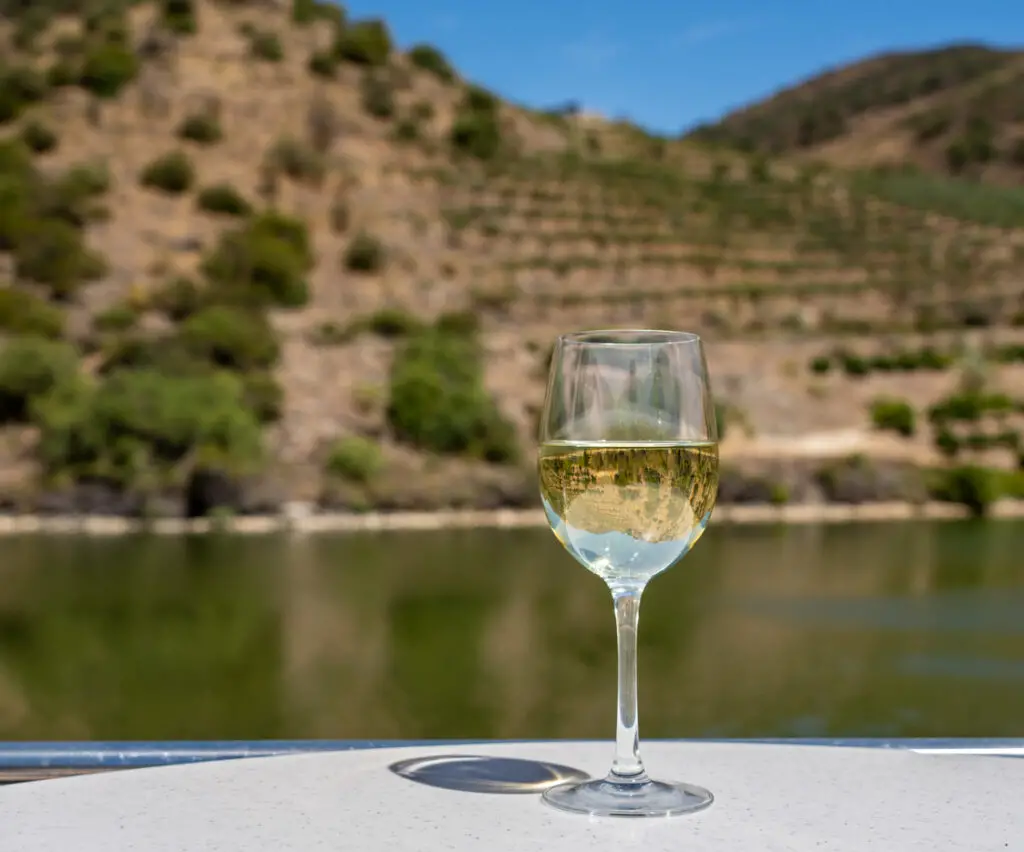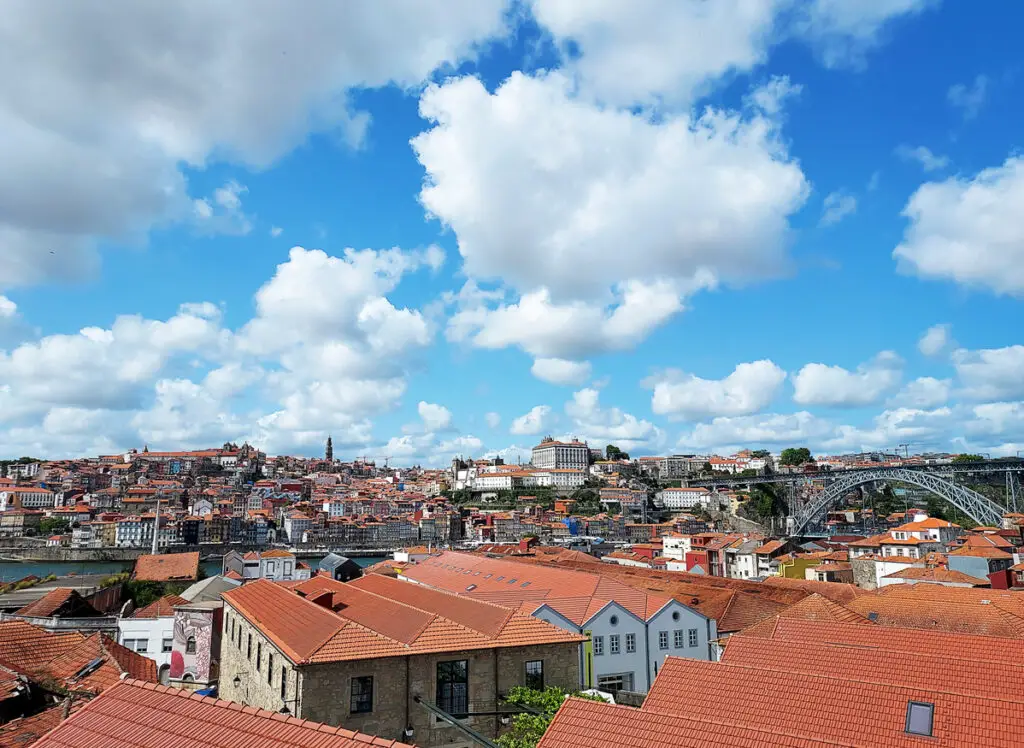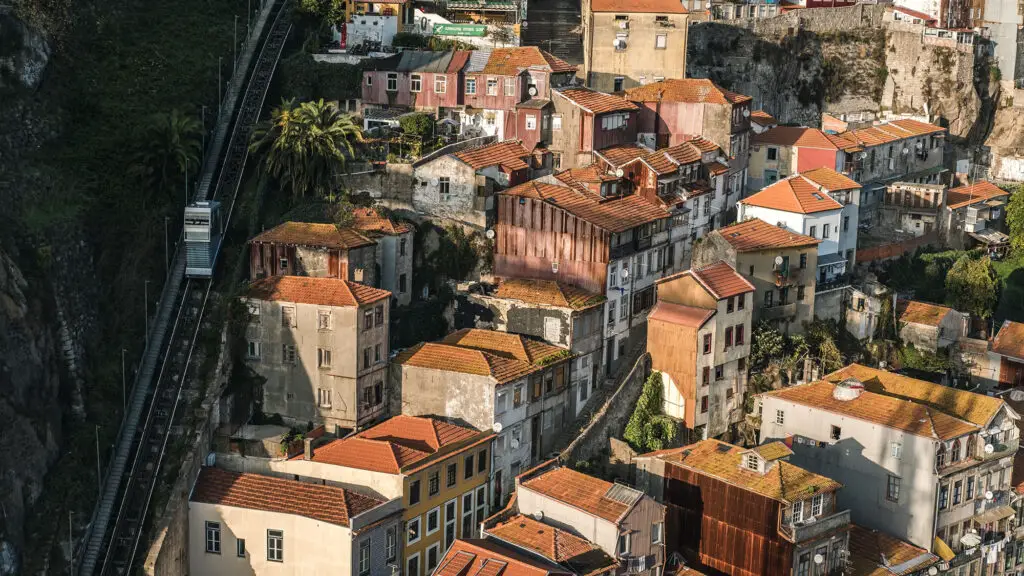Wine is a beverage loved by everyone, but not every wine is created equal. Every small part of the winemaking process affects the outcome, including the terroir, the weather, the machinery, and any small tricks the winemaker may use. Wine really differs according to where it was made. One of the major producers of wine in the world is Portugal, so you may be wondering what Douro Portuguese wine is.
Douro is a wine region in Portugal located on the Douro river. The wines made in this area have the highest wine classification, known as a Denominação de Origem Controlada (DOC). This region mainly produces port wine.
Let’s dive deeper into the world of Douro Portuguese wine and see what all the excitement is about.
History of Winemaking in Portugal
Of course, we can never be certain about the history and whether all the legends are true, but what we can do is tell you what we know about winemaking in Portugal. Before we learn more about Douro Portuguese wine, let’s see how vine culture came to Portugal.
The Beginning
After Portugal was founded in 1249, religious and monastic orders started to settle here. These included the Knights Templar, the Knights Hospitallers, and many others. They brought the winemaking culture with them, and Portugal started to become an active area of agriculture and cultivation. The wine was integrated into the daily life of society and the ruling class. A vital role was played by wine in religious rituals, which made it so important.
Portuguese wines started to become popular everywhere, but especially in northern Europe.
Sometime Later

But, it was only later in the 14th century that winemaking really began to grow. This was due to the great demand for the export of this wine to different countries. In the 15th century, when Portuguese ships left for a journey to India, the wine was among some of the cargo. The demand was then so high that wine was used as a “stabilizer” for ships. This meant that not a single ship left the dock without some wine in the cargo.
As you can imagine, these ships didn’t have the technology we do today. That means these trips lasted for many long months, and the wines kept moving around in the barrels because of the waves. Sometimes the barrels were put out into the sun or in the water at the ship’s bottom. Sounds mouthwatering, right? By the time the shipment arrived, this wine would be somewhat of a vintage and would taste even more delicious.
Top Tip: In fact, the wines of “Roda” or “Torna Viagem” are made based on this technique. This is one of the major secrets of Portuguese winemaking. During the 15th and 16th centuries, Lisbon was the area with the highest wine distribution levels and demand in the whole empire.
Portugal and England
Having witnessed the huge growth and demand for Portuguese wines, the English wanted to be part of the action as well. The Methuen Treaty was signed between the two countries in 1703, opening the routes for more commercial trade. This treaty included a special point for the entry of Portuguese wines into England. These two countries are intertwined with Douro Portuguese wine history.
Quantity Over Quality?
As with anything that suddenly becomes popular, Portuguese wine started to feel the effects of fame. Winemakers began to think of methods to keep up with the striking increase in demand from countries other than England. These countries started to pay more and more for Port Wine, so producers started to think about quantity over quality. This led to a huge crisis for the winemaking culture.
This is where the Portuguese statesman Marquês de Pombal comes in. He witnessed the decline in the quality of the wine and set up many protectionist measures for Port and Douro. This occurred in 1756 and was called the “Companhia Geral da Agricultura das Vinhas do Alto Douro.” The region was demarcated, and the regulations for winemakers and tradesmen became stricter. According to historians, this was the first wine region to go through demarcation.
The Dark Ages
Just like with all good things, they must come to an end at some point. The 19th century was the dark ages for winemakers around the world. The phylloxera plague hit many vineyards starting from the Douro region and spreading across the country.
It was caused by an aphid and destroyed many vineyards, leading to a loss of crucial vintages and putting the wine industry back many years.
Further Regulations
To spring back from the horrible plague, in 1907/1908, more regulations were placed on Portuguese winemaking. The areas of Madeira, Moscatel de Setúbal, Carcavelos, Dão, Colares, and Vinho Verde were also demarcated. Many institutions and federations were founded to keep track of these new regulations and policies.
These structures also changed and adapted after Portugal became part of the European Community.
The Designation of Origin became part of the legislation later on. This helped to distinctly divide wines into different groups. Regional wines and table wines were classified according to their geographical location.
Currently, there are 33 designations of origin and eight geographical indications protected by Portuguese wine committees. As you can see, this country takes its winemaking seriously. With their long history, wine has always been an integral part of society and culture; that is why even today, they are one of the top winemaking regions in the world.
The Douro Winemaking Region

In the north part of Portugal is the iconic birthplace of Port wine, the Douro region. This area is named after the nearby river, also called the Douro. The river reaches all the way to the Spanish border and flows into the Atlantic Ocean. Our beloved Douro region produces both fortified wines and table wines but is more known for the former.
The main characteristic of this region is surely the mountainous terrain. You can probably imagine the extent the area covers, so it’s natural that there are many different types of weather and soils here. But most of the vineyards are located on the dry sides of the river with rocky terraces. These stone regions contribute greatly to the flavors of the wine from this region.
The Subregions
Author Note: This large area is divided into three smaller regions, each on one part of the river. These regions all differ in climate and soil, and so do the wines. One of the regions is the Douro Superior, which shares a border with Portugal itself. This makes up for more than 25% of the land for winemaking in Douro.
More centralized, we find the Cima Corgo region, where all the luxurious vintage Ports are birthed. This is the largest area in the Douro region and accounts for most of the production. The soil is composed of schist with some granite. Since most of this area is near the river, the grapes ripen very early since it is warmer. The harvest is done earlier here than in the other regions.
The last subregion is located near Oporto and is called the Baixo Corgo. This is where most table wines are made since the area is colder and moister. The Baixo Corgo region is the most accessible of the three, so bulk-wine can be made here as well.
It is no coincidence that this is the region that is historically known for winemaking. Being in the vicinity of the river not only played a role on the terroir but also in its accessibility. Vines have been growing here for thousands of years, even though fortified wines were only properly made in the 17th century. The barrels would be aged in nearby cellars at the Vila Nova de Gaia, which is still used today. They would easily be loaded onto boats from here and moved to wherever it was required.
Recent History
Still, wines in the Douro were considered “bad” until only recently. This reputation was due to the decline in quality after a large increase in demand, as mentioned above. The popularity of Port wine only increased in the 1700s. Previously, the demarcation of Douro only consisted of fortified wines, but in 1979, still, wines were also included. Now, many of the world’s prestigious table wines are from Portugal.
Touriga Nacional, Touriga Franca, Tinta Barroca, Tinto Cao, and Tinta Roriz are grown and used to make both still and fortified wines. It is the most luxurious of the grapes; Touriga Franca is the one grown the most. Many vineyards grow all of these grape varieties in different proportions. Most winemakers don’t even know exactly what they are growing and where.
But vine growth isn’t limited to these grape varieties. Many international varieties are grown in the Douro area as well, including Cabernet Sauvignon, Sauvignon Blanc, and Gewürztraminer. Many other styles are grown here as well, but these are those found most commonly.
Our Top 10 Douro Portuguese Wine
Enough talking, let’s get to these delicious wines. Here are some of our picks for you to try!
Quinta da Rosa Vinhos SA, QLE Red Wine 2017
At a very low price point of only 10 Euros, this dry red wine is a combination of Touriga Nacional, Tinta Roriz, and Touriga Franc grapes. You will notice hints of fruit and a refreshing vibrancy when tasting this wine. It is also a great wine to pair with your dinner!
Lavradores de Feitoria, 3 Bagos Reserve 2017
Not the most luxurious on our list, but it is definitely the cheapest. But the flavor is still top tier. It has hints of meat, the sweetness of candy, and floral notes as well. It is a great wine to enjoy in the afternoons while watching your guilty pleasure TV show.
Niepoort, Vertente 2017
This bright red wine is delicious and will surely be enjoyed by everyone. There are fruity and floral flavors and aromas. It’s a very complex and rich wine to be enjoyed with some delightful cheese.
Quinta do Vale Meão, Meandro do Vale Meão, 2017

Author Note: This delicious wine is a mix of all the classic grapes along with Alicante Bouschet. There are notes of earthiness and minerals, in harmony with hints of rose petals and sweets. You may also notice some tomato flavors balancing out the sweetness of this wine.
Quinta dos Murças, Assobio Red, 7.50 €
A delicious combination of Touriga Nacional, Touriga Franca, and Tinta Roriz, this is a red wine with a freshness that is difficult to find. The ripe tannins really add to the distinct flavor that makes for a great match with a juicy meat dish.
Ramos Pinto, Duas Quintas Red 2017
This is a delicious dry red wine made from a blend of all the classic Douro grape varieties. We especially love this wine due to the mineraly notes combined with fresh fruits and a slight aftertaste of pepper. For only 12 Euros, this is an affordable bottle of delicious wine that your dinner party friends are sure to enjoy.
Wine & Soul, Manoella Red 2017
Made by combining Touriga Nacional, Touriga Franca, Tinta Roriz, and Tinta Francisca, this is a wine you are going to love. It has aromas of fresh flowers, chocolaty cacao, and vibrant red fruits. It is full-bodied with firm tannins but has a certain softness that is great on the palate. Next time you are buying a bottle of wine, this is definitely one you should pick up on the way to the cashier.
Parting Thoughts
Old is always better, and this applies to the winemaking industry as well. The Duoro Valley in Portugal has been home to wine cultivators for thousands of years, and this really shows in their quality of the wine. Many techniques have developed since then, but the underlying love for winemaking has remained.
Even if you choose to get a bottle we didn’t mention above; we are sure you will love it. It is hard to go wrong with such a traditional winemaking culture. Enjoy your glass of wine, and we wish you a wonderful evening! We hope you enjoyed this article on Douro Portuguese wine.
To living a full-bodied life,
Wesley

